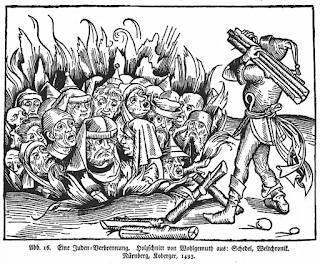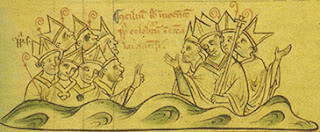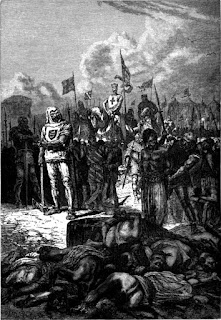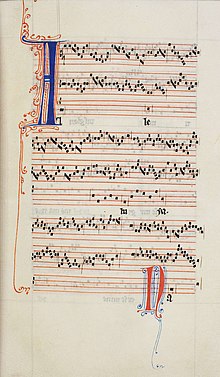The Roman Catholic Church of the Middle Ages did not invent persecution of the Jews, but it worked hard to perfect it. The final four of the 70 Canons of the Fourth Lateran Council in 1215 dealt specifically with Jews (and Saracens; pagans also get an honorable mention).
Canon 67 intended to protect "Christians against cruel oppression by the Jews," by which they meant being charged interest. The charging of "immoderate interest" would result in being denied the custom of Christians. Christians would likewise be compelled by "ecclesiastical censure" from doing business with Jews.
Canon 68 insisted that Jews and Saracens wear clothing that distinguishes them, so that there could be no mistake of a Christian, say wooing a non-Christian. The Synod of Narbonne in 1227 ruled:
That Jews may be distinguished from others, we decree and emphatically command that in the center of the breast (of their garments) they shall wear an oval badge, the measure of one finger in width and one half a palm in height. [link]
This was also justified by quoting Numbers 15:37-41, the rule to wear tassels with blue cords on the corners of garments as a constant reminder of the Lord's commandments.
Canon 69 forbade a Jew from holding any office that would give him authority over Christians.
The final Canon addresses Jews who have converted, declaring that they must not be allowed to return to their former lives. It "cleverly" quoted the Old Testament in junction against wearing clothing made from two different fibers [Deuteronomy 22:2], comparing it to the converted trying to live two lives by not completely abandoning the old one.
And that wrapped up the Fourth Lateran, except for an "Epilogue"—a series of decrees about the Holy Land—which was of particular importance to Pope Innocent because of what happened a decade earlier; but that's for tomorrow.


































